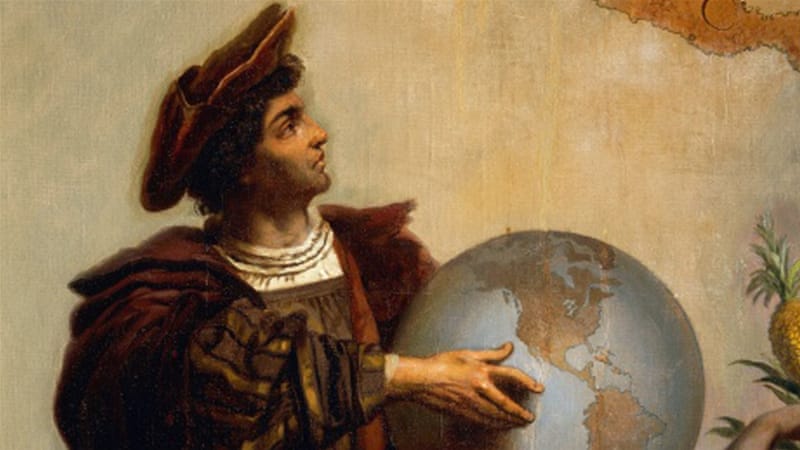
At the Verso blog, curator and theorist Ariella Azoulay has published an essay based on her book-in-progress Potential History: Unlearning Imperialism. Intriguingly, Azoulay proposes to date the origins of photography to 1492, the year Christopher Columbus landed in the “New World,” rather than to the more commonly cited period of the mid-nineteenth century. She proposes this date because, as she argues, a fuller understanding of photography’s mode of operation and ideological underpinnings will show that it is inseparable from an imperialist worldview. Here’s an excerpt:
Suggesting that the origins of photography go back to 1492 is an attempt to undermine the imperial temporality that was imposed at that time, enabling people to believe, experience, and describe interconnected things as if they were separate, each defined by newness. To put it another way, for photography to emerge as a new technology in the late 1830s, the centrality of the imperial rights on which photography was predicated had to be ignored, denied, or sublimated, or in any case pushed into the background and not perceived as constitutive of its operation as a technology. Foregrounding these rights requires a simultaneous exercise — unlearning the accepted origins of photography and those of the “new world,” their familiar spatial and temporal connotations, which even today are still closely associated with modernity and “the era of discoveries,” and attending instead to the configuration of imperial violence and its manifestation in rights. By imperial violence I refer to the entire enterprise of destroying the existing worlds of signs, activities, and social fabrics and replacing them with a “new world” of objects, classification, laws, technologies, and meanings. In this so-called “new world,” local populations and resources are perceived as problems or solutions, opportunities or obstacles, and are assigned specific roles, places, and functions. Through these processes, existing sets of rights that were integral to each world and inscribed in its material organization are destroyed to allow imperial rights to be imposed. Among these rights are the right to destroy existing worlds, the right to manufacture a new world in their place, the rights over others whose worlds are destroyed together with the rights they enjoyed in their communities and the right to declare what is new and consequently what is obsolete. The attachment of the meaning “new” to whatever imperialism imposes is constitutive of imperial violence: it turns opposition to its actions, inventions, and the distribution of rights into a conservative, primitive, or hopeless “race against time” — i.e., progress — rather than as a race against imperialism. The murder of five thousand Egyptians who struggled against Napoleon’s invasion of their sacred places and the looting of old treasures, which were to be “salvaged” and displayed in Napoleon’s new museum in Paris, is just one example of this. In the imperial histories of new technologies of visualization, both the resistance and the murder of these people are nonexistent, while the depictions of Egypt’s looted treasures, which were rendered in almost photographic detail, establish a benchmark, indicating what photography came to improve.
Image of Christopher Columbus via Al Jazeera.